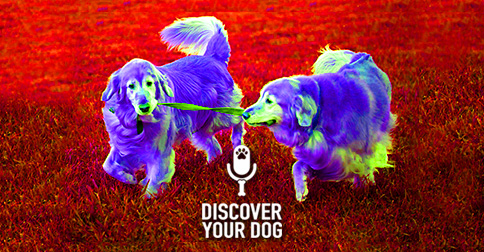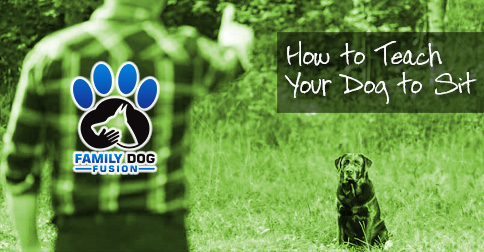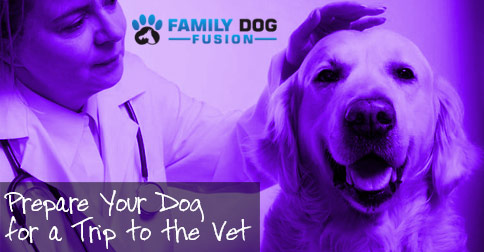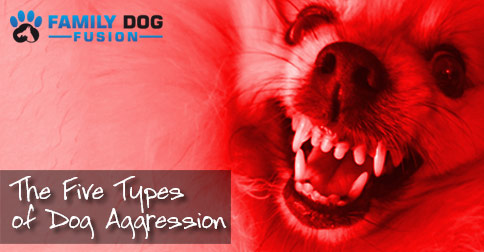 Deciding your method of dog training depends upon what you want, and what works for your family.
Deciding your method of dog training depends upon what you want, and what works for your family.
Discover the difference between Doggie Boot Camp Training versus In-Home Dog Training and some of the expectations of owners for each method. [Read more…]
 Hiring a dog trainer is one way to train your dog. The other way is to do it yourself.
Hiring a dog trainer is one way to train your dog. The other way is to do it yourself. SIT is one of the most critical basic dog training commands. Use this deceptively simple routine to learn how to teach a dog to sit and stay in RECORD time.
SIT is one of the most critical basic dog training commands. Use this deceptively simple routine to learn how to teach a dog to sit and stay in RECORD time. Taking your dog to the vet can be stressful for both you and your dog. The good news is, there are things you can do with your dog to make the regular vet visit an enjoyable experience.
Taking your dog to the vet can be stressful for both you and your dog. The good news is, there are things you can do with your dog to make the regular vet visit an enjoyable experience. Dog aggression can be categorized in 5 different areas:
Dog aggression can be categorized in 5 different areas: